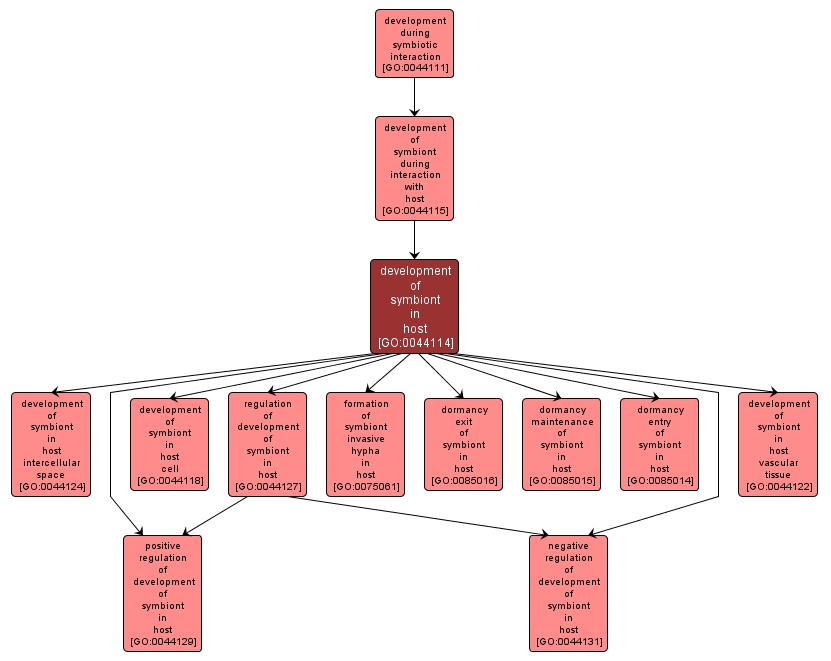| Desc: |
The progression of an organism from an initial condition to a later condition, occurring within the cells or tissues of the host organism. This may (but not necessarily) include a filamentous growth form, and also can include secretion of proteases and lipases to break down host tissue. The host is defined as the larger of the organisms involved in a symbiotic interaction. |














